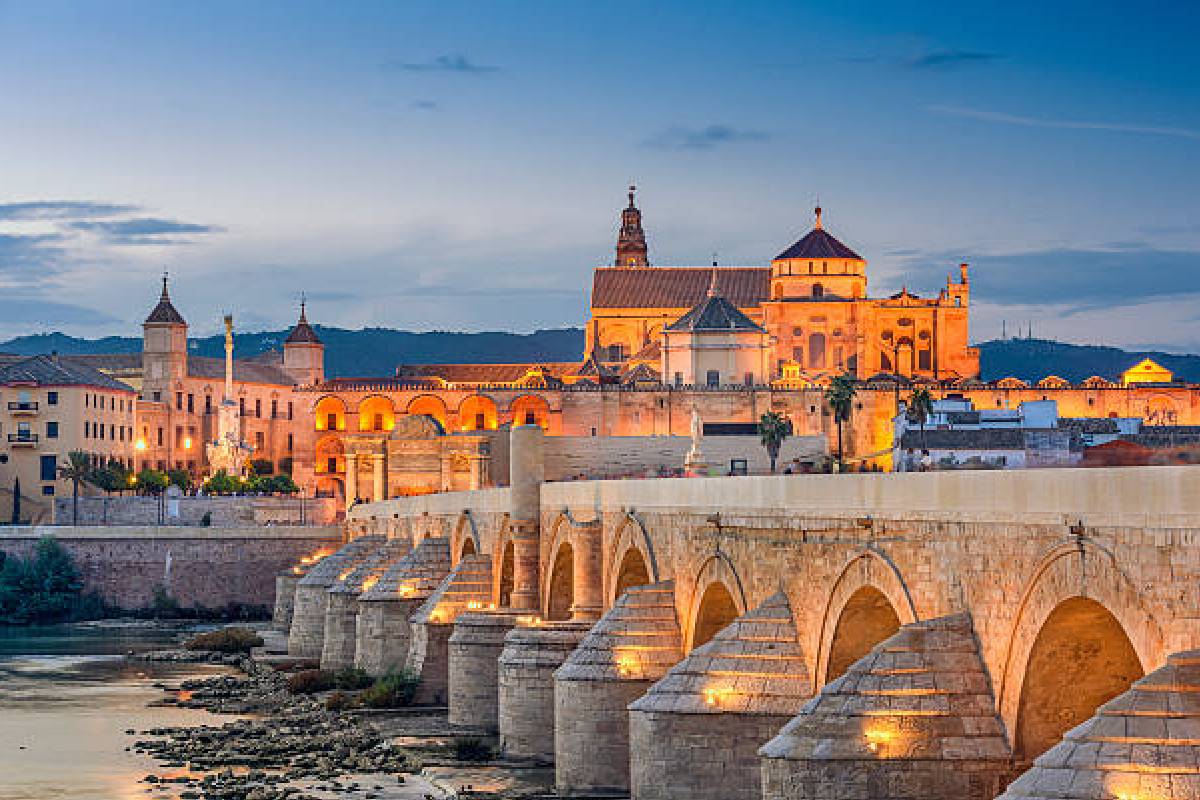It is rarely simple or economical to take a tour of the royal gardens, neighborhoods, architectural highlights, and cultural and religious landmarks of the main European towns. However, visiting Cordoba, which was once the biggest, most prosperous city in Europe and the center of Arab supremacy on the continent, allows for easy exploration without using a metro system or a complex bus network.
The old city’s rustic alleyways bring to life the colorful and diversified past of Spain’s charming Andalucia region, which is now little more than a provincial jewel. Here are some suggestions on how to see Cordoba at its best and the required stroll along the Guadalquivir River.
Visitor attractions in Cordoba
1. Mosque-Cathedral of Cordoba
The Cordoba Mosque-Cathedral is, without a doubt, the crowning achievement of the ancient city. The Visigoths constructed a basilica there, which later evolved into a sizable mosque during Arab domination. Finally, the building underwent a unique Catholic cathedral conversion that preserved the site’s original, 1,000-year-old Islamic architecture. The 15 euros for admittance are well spent on a tour. Otherwise, a stroll through The Orange Tree Courtyard, which is unrestricted, is a terrific chance to experience the grandeur of the compound.
2. Alcazar (castle) of the Christian Monarchs
Another building that strengthens Cordoba’s credentials as a key historical location in Europe is the majestic Alcazar (castle) of the Christian Monarchs. The towers that initially housed a line of royal courts have seen some of Spain’s most significant historical events, which is not as dull as it sounds.
The superbly maintained gardens and network of clever water features encircle the fortress and add to the impression of history. The fortress now houses a museum filled with artwork and artifacts from its previous life as a royal court. On Wednesday mornings, admission is free.
3. The Jewish Quarter
The city’s historic Jewish Quarter’s cobblestone streets are teeming with activity, ambiance, and a wide variety of stores, bars, and restaurants. It’s worth exploring one of the few remaining (albeit abandoned) synagogues in Spain, which may be discovered in a side street.
4. The Arab baths
Public baths were a favorite among local rulers, tourists, and the ordinary populace when it was a sizable Arab metropolis. The baths served as the hub of Arab social life between the 11th and the 13th centuries. They were discovered in the 1960s. They are converted into museums that highlight their significance to the community.
Two hammams in the area offer the whole Arab bath experience starting at €50 if you want to see what all the hype is about.
Also read – https://travelrelm.com/2022/11/07/royal-caribbean-wonder-of-the-seas/

